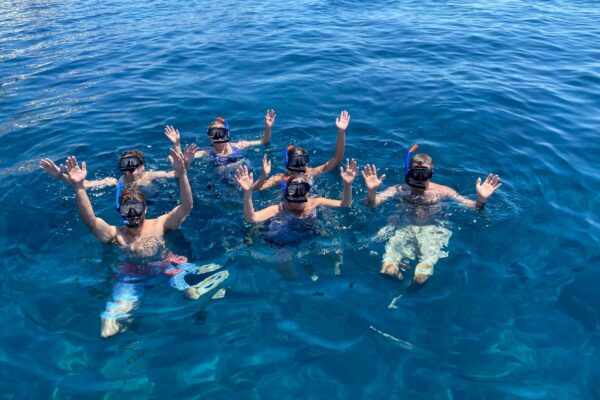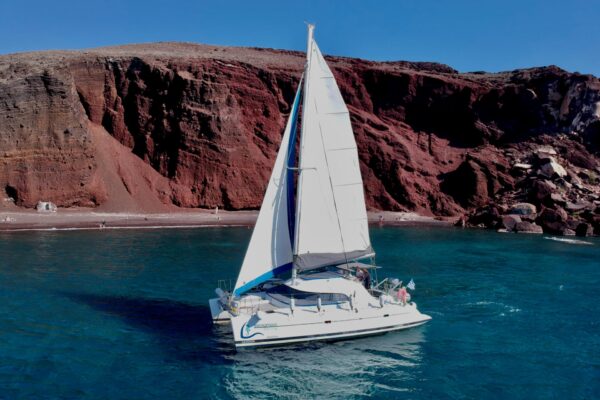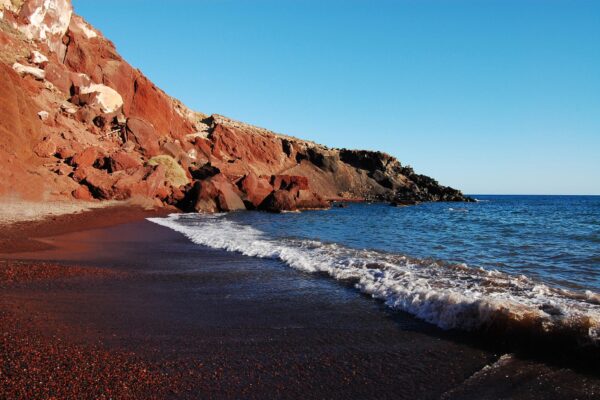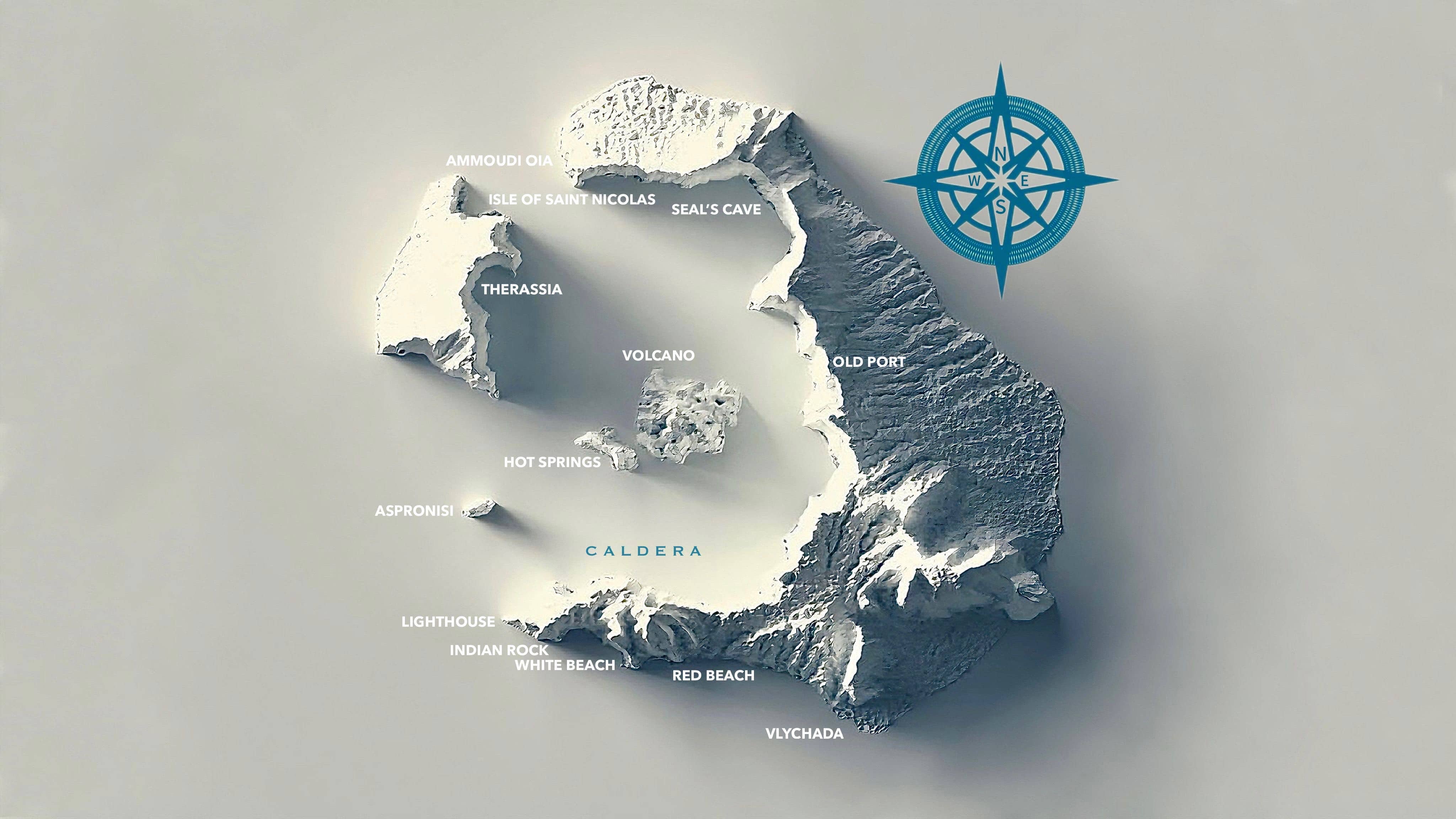
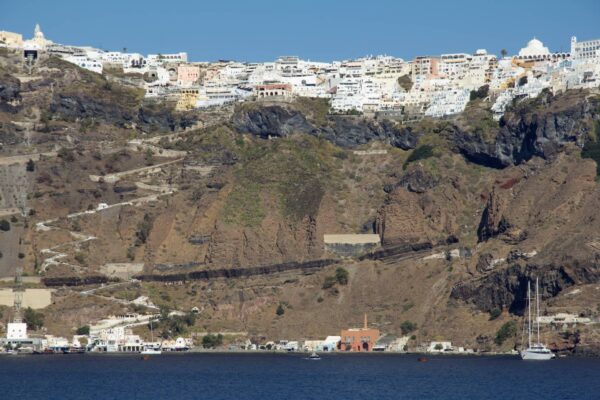
xxx xx xxx xxxxx xxxxx xxxxx xxxxx xxxxx xxxxx xx xxx xxxxx xxxxx xxxxx xxxxx xxxxx xxxxx xx xxx xxxxx xxxxx xxxxx xxxxx xxxxx xxxxx xx xxx xxxxx xxxxx xxxxx xxxxx xxxxx xxxxx xx xxx xxxxx xxxxx xxxxx xxxxx xxxxx xxxxx xx xxx xxxxx xxxxx xxxxx xxxxx xxxxx xxxxx xx xxx xxxxx xxxxx xxxxx xxxxx xxxxx xx
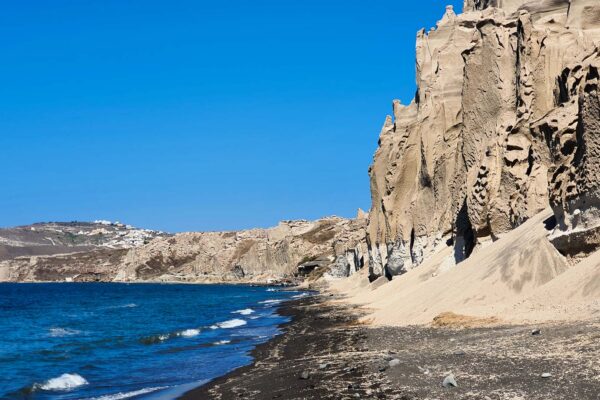
Nestled on the southern side of Santorini, Vlychada is a picturesque and well-organized beach. Its small port welcomes fishing boats and yachts during the summer months. Adding to the charm of
the area are two prominent chimneys—one directly behind the beach and another nearby. These chimneys, remnants of a disused factory, offer a unique and pleasant backdrop for beachgoers.

Santorini, named after Agia Irini chapel, consists of five islands in the Aegean: Santorini (Thira), Thirasia, Aspronisi, and the central Kameni islands. Despite hazards, villages adorn the cliffs since the 1956 earthquake, and the largest eruption 3500 years ago shaped the breathtaking caldera. Home to thousands, the island attracts visitors yearly for the renowned sunset in Oia. The Venetian-named islands showcase stunning white-washed villages, creating a unique blend of history, geology, and picturesque landscapes.
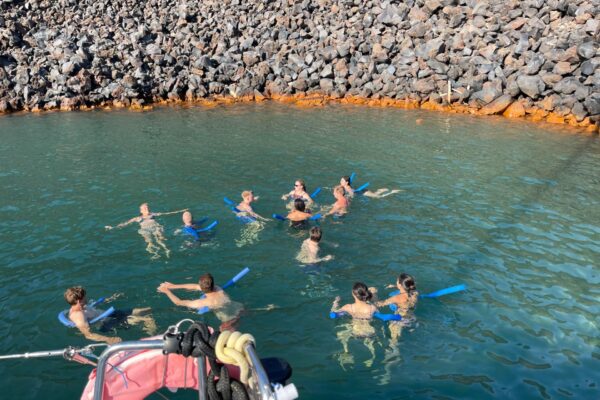
Santorini’s hot springs on Palea Kameni, a small uninhabited islet, boast temperatures of 86ºF to 95ºF (30°C to 35°C), thanks to ongoing volcanic activity. The orange-tinged sulfuric waters, known for skin and joint benefits, bubble up into a cove off the coast. Emerging around 46-47 BC, Palea Kameni’s volcanic evolution shaped its distinctive black rocks, forming the familiar coastline just
centuries ago.
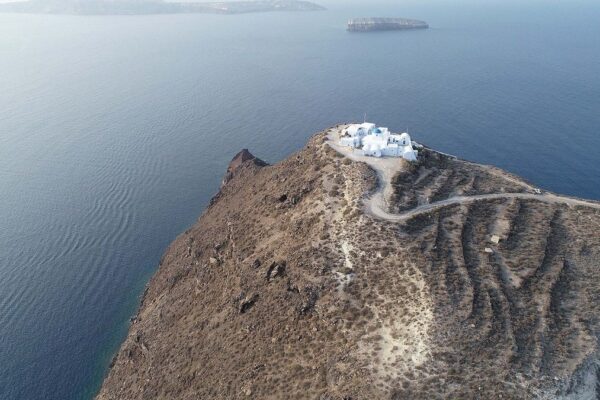
Therasia, in the Cyclades of Santorini, is the second-largest island, lying northwest of Nea Kameni. With a land area of 9.299 sq km and a population of 319, it’s part of the Oia municipal
unit. Separated from Thera by the Thera eruption, Therasia is a distinct island shaped by volcanic activity.

